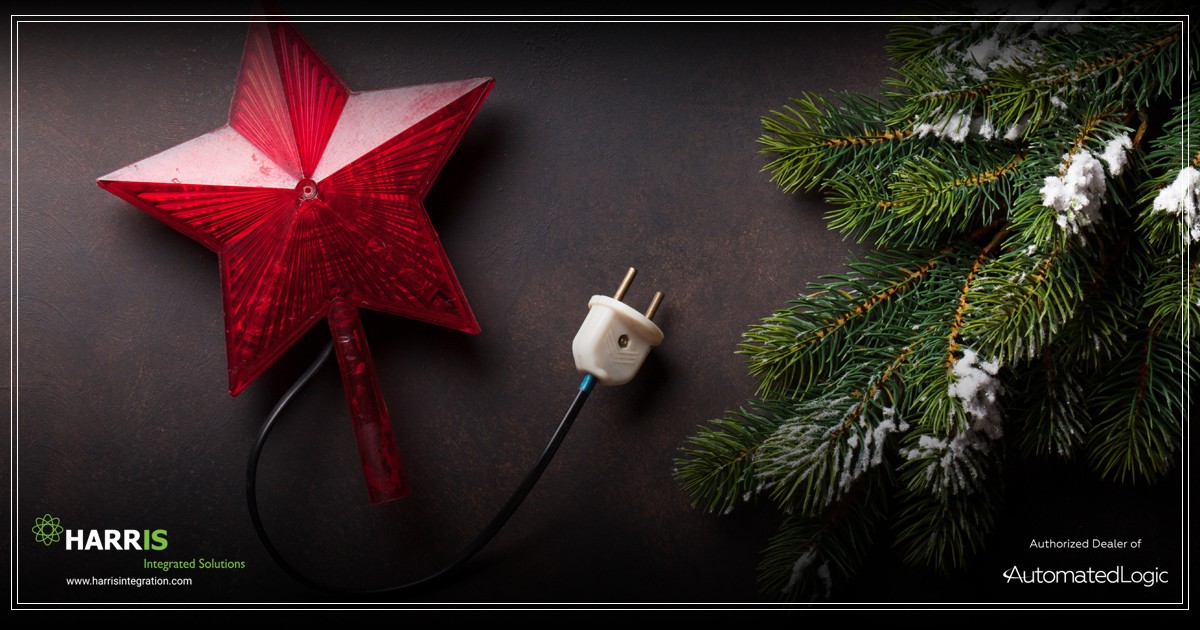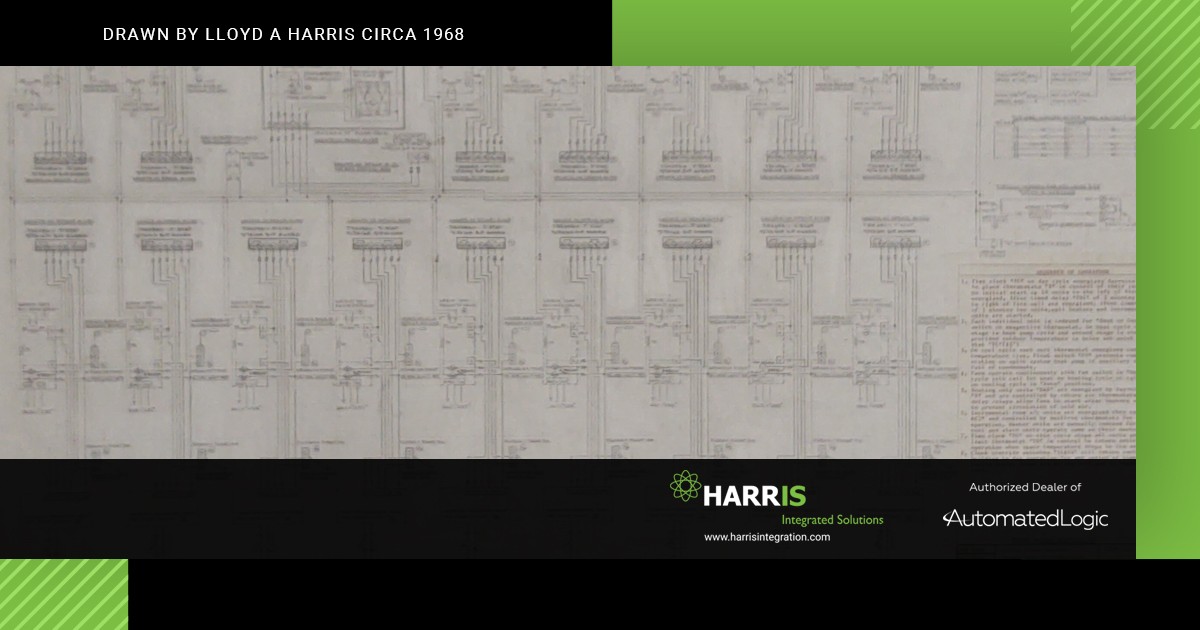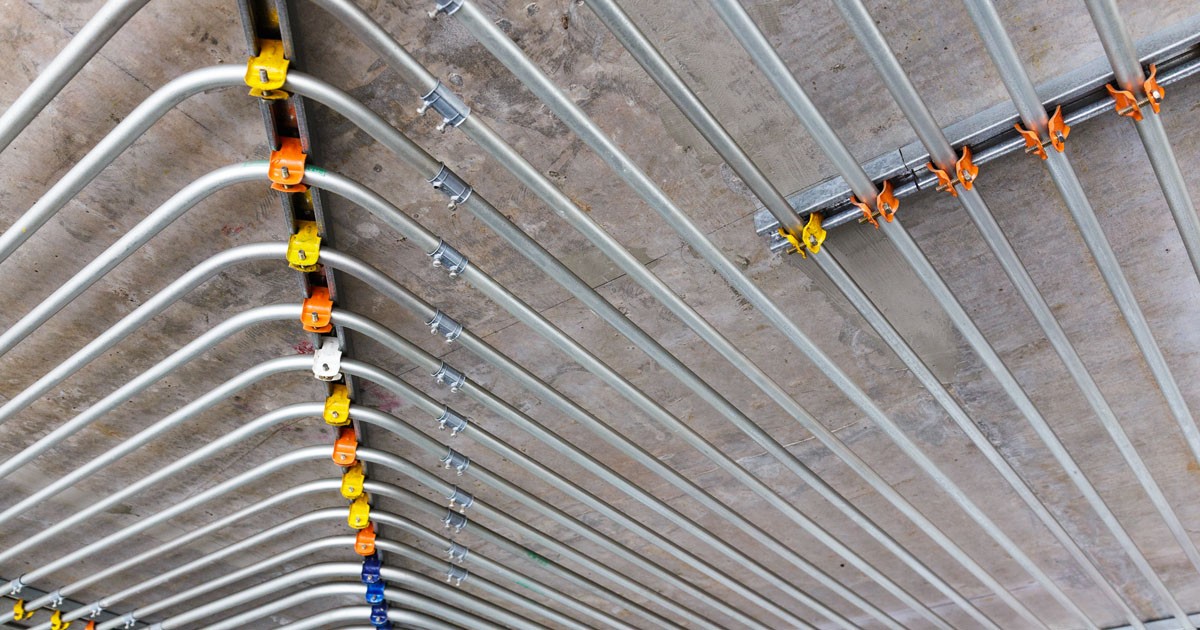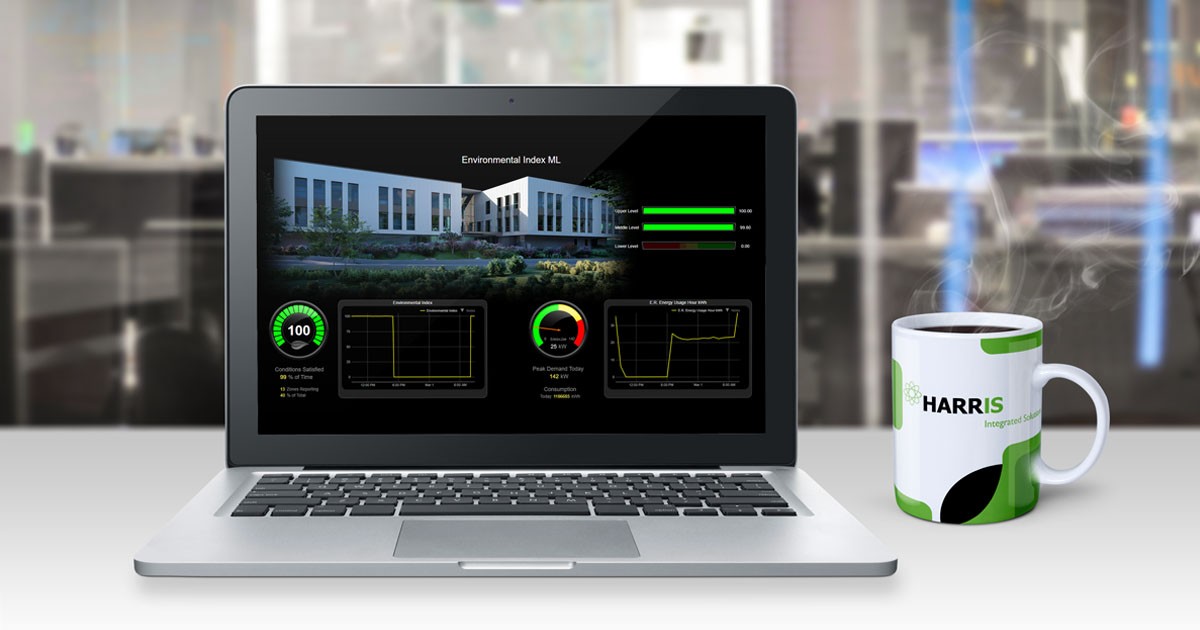Recently, I had the privilege of meeting with one of my customers who is in the process of upfitting an existing building and he wanted some advice on features and components to include in their new Energy Management System (EMS). He wanted to make sure he was getting the right system to effectively control the building and access the information he needs. He posed an intriguing question: “What are some pro tips that I should consider before purchasing an EMS?” This conversation inspired this article about the top five tips for purchasing an EMS.
Top Pro Tips
1. Cost of ownership of the EMS
Most owners only focus on the initial cost of an EMS, but don’t factor in the cost of ownership. Some of the questions I recommend asking before you purchase an EMS are as follows: If you are installing wireless sensors/devices, then you should ask, “What cost allowance should I include in my operations budget to have the batteries replaced – and how often?” For owners/facilities that must maintain a very tight temperature/humidity specification then I would recommend you budget for a service agreement to calibrate and maintain the systems yearly. I would ask, “Can you include the first-year maintenance cost in the initial purchase price of the EMS?” or “Can I receive a multiyear service agreement discount?”
Other questions to ask are, “What’s is the cost to receive training on my new EMS? How will I receive the training – online, onsite or do I have to travel to a factory training center? Should I purchase a service agreement, or can I learn/be taught to maintain the EMS on my own? How much are replacement parts and are they readily available? Is this system the most up-to-date version, and is it backwards compatible? If not, could this system potentially be phased out before the lifecycle of the EMS has ended?” Finally, “Is there any other cost of ownership expenses should I expect to pay?”
2. Which is better, HVAC onboard control or EMS Control of HVAC equipment?
Deciding between HVAC onboard control or EMS control for large HVAC units such as boilers, chillers, and outside air units can be a difficult task. While the solution depends on a variety of factors such as HVAC equipment, building environment, and more, the ideal option is usually a combination of both. Integrating the EMS system with the HVAC unit’s onboard controller and hardwiring a start/stop control point for the unit is an effective way to maximize efficiency. Ensure that your HVAC manufacturer can provide this option and includes necessary interface/BACnet cards.
3. Remote communication to your EMS server
Having remote communication to your EMS server is essential for the overall health and wellbeing of your building. This will allow your HVAC/mechanical provider, construction team, and facility department to be able to access trending, reporting, alarming, and troubleshooting with a click of their mouse. Sometimes a Virtual Private Network (VPN) connection is needed to access the EMS server, but this can limit your access and features. The best questions to ask are: “will the EMS server be allowed to generate and send e-mail, text, and reporting information via the VPN?”. Have an early meeting with your EMS provider and IT department to discuss access and get ahead of any potential issues. This proactive approach will go a long way in ensuring remote communication to your EMS server.
4. Remote hosting your EMS server
The IT industry is trending to cloud base offering for more solutions. You should consider cloud hosting for your EMS server. It means that your EMS provider will take your server off-premise and move it to their server room, while allowing secure remote access to your network. In order to decide if this is right for you, consider these questions: Does your IT department currently allow remote access to your EMS server? Are you using a VPN to access your network? If the answer is yes, then you should strongly consider hosting your EMS server remotely.
I like to use the analogy of a Corvette when explaining this concept. Not having remote access or limiting VPN access to the EMS server is like having the keys to your brand-new Corvette locked away in someone else’s garage.
The advantages of remote hosting are plentiful. You’ll have unlimited access to the EMS server, be able to receive alarms, reports, and additional features. Plus, you’ll be able to respond to service issues faster since you’ll have remote access. You can even grant service partners and vendors access to the system for assistance. The only downside is that there is an annual fee for this service; however, you can always ask about a multiyear discount on the hosting agreement.
5. Add humidity sensors to the system
Adding humidity sensors to the Energy Management System is a must, especially in regions like my coastal South Carolina territory. Surprisingly, there are many Energy Management Systems that don’t monitor humidity, so I recommend installing a few sensors in the building’s common areas. This will help you ensure that your building’s humidity levels are monitored and enable you to quickly troubleshoot any hot issues that arise.
Summary
In conclusion, review your cost of ownership and learn the pitfalls, integrate to HVAC equipment with a hardwire start/stop, get the facts on remote communication from your EMS provider and your IT Department, and add humidity sensors at least to the common areas.

Billy Blackburn, ACEM | Business Development Manager
A 30-year veteran of the HVAC and DDC Control Industry, Billy Blackburn, ACEM, is the Coastal Area Account/Business Development Manager for Harris Integrated Solutions.
He is a former factory certified centrifugal chiller technician and manager; is Allen Bradley PLC certified; and is a Network Plus and factory certified DDC control technician, trainer, and salesperson. Blackburn is based in Summerville, SC.

Billy Blackburn, ACEM | Business Development Manager
A 30-year veteran of the HVAC and DDC Control Industry, Billy Blackburn, ACEM, is the Coastal Area Account/Business Development Manager for Harris Integrated Solutions.
He is a former factory certified centrifugal chiller technician and manager; is Allen Bradley PLC certified; and is a Network Plus and factory certified DDC control technician, trainer, and salesperson. Blackburn is based in Summerville, SC.








